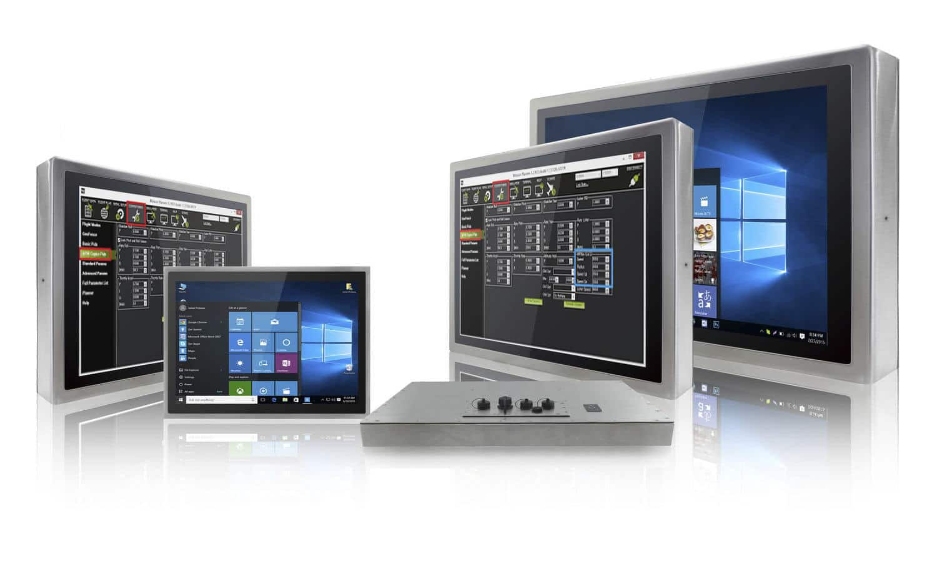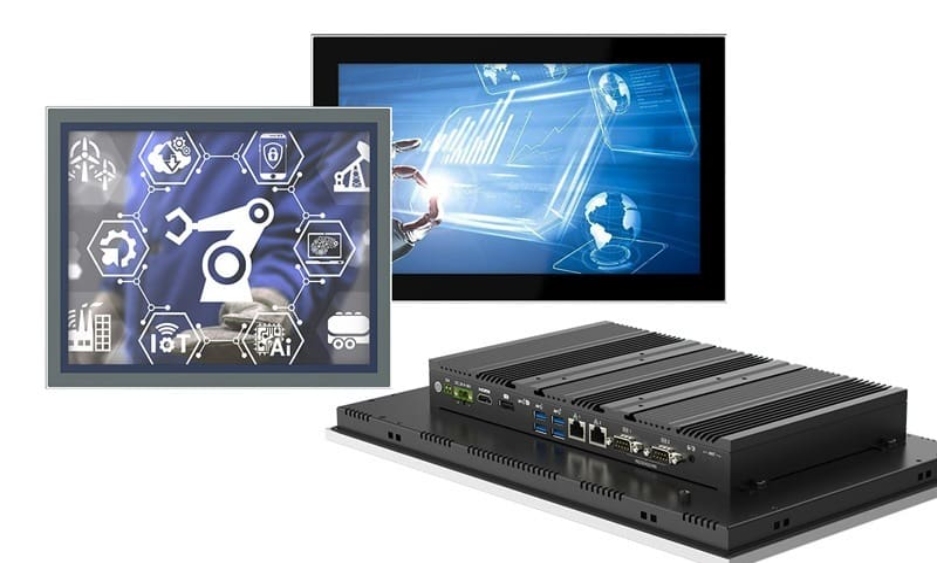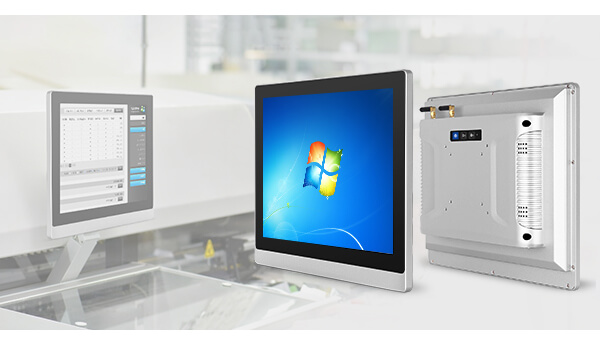Setting Up and Maintaining an Industrial Panel PC System Guide
In the age of Industry 4.0 and smart manufacturing, industrial panel PCs have become essential tools across a wide range of sectors—from factory automation and equipment control to intelligent transportation and energy management. Their reliability, rugged construction, and all-in-one design make them ideal for operating in harsh environments where traditional PCs would fail.
But like any critical equipment, proper installation and maintenance are crucial to ensuring long-term performance and minimizing downtime. In this guide, we’ll walk you through the complete process of setting up and maintaining an industrial panel PC system—based on industry best practices and the experience of companies like YENTEK®, a high-tech enterprise specializing in industrial computing solutions.
What Is an Industrial Panel PC?
An industrial panel PC is a robust computing device that integrates a touchscreen display and computing components into a single unit. It is designed to operate in environments with high levels of dust, moisture, vibration, or extreme temperatures. These systems are commonly used for monitoring, controlling machinery, collecting data, or running HMI (Human Machine Interface) software in production lines.
Unlike consumer-grade devices, panel PCs feature fanless designs, wide voltage support, industrial-grade connectors, and advanced I/O configurations to interface with sensors, PLCs, and SCADA systems.

Pre-Installation Planning
Before installation begins, it's essential to assess the operational environment where the panel PC will be deployed. Factors such as ambient temperature, humidity levels, dust exposure, and electromagnetic interference should be taken into account. Choosing the correct mounting type—whether it’s panel-mounted, wall-mounted, or arm-mounted—will ensure the PC remains securely in place throughout its lifecycle.
It’s also important to review system requirements in advance. Determine the necessary I/O ports for integration, including Ethernet, USB, COM ports, or specialized interfaces like CAN bus or GPIO, depending on the application.
Installing the Hardware
Begin the hardware installation by preparing the mounting surface. For panel-mounted setups, make sure the opening matches the panel cutout dimensions and that the gasket is properly sealed to maintain the rated IP protection. Carefully secure the device using the mounting brackets provided, avoiding over-tightening, which may damage the enclosure or affect the sealing integrity.
Once mounted, connect power to the panel PC using the correct voltage range as specified by the manufacturer. Next, connect any required peripherals such as barcode scanners, sensors, external displays, or network cables. Double-check all connections to ensure reliability in high-vibration or mobile environments.
Devices used in environments prone to power fluctuations should be paired with surge protectors or industrial UPS systems to prevent unexpected shutdowns or hardware damage.

System Software Configuration
After powering on the unit, begin the software configuration process. Depending on the model, the system may come preloaded with Windows, Linux, or Android operating systems. Initial setup involves creating secure user accounts, configuring firewall settings, and disabling unnecessary services to reduce system vulnerability.
Install any required industrial software applications such as SCADA, MES, or custom monitoring tools. It's good practice to validate the compatibility of these applications with the operating system version before deployment. Network settings should be configured at this stage, including static IP assignments or DHCP, depending on the infrastructure requirements.
If the panel PC supports wireless communication, ensure that Wi-Fi or cellular modules are enabled and tested for signal strength and reliability.
Best Practices for Maintenance
To keep the panel PC operating efficiently, a regular maintenance schedule should be implemented. Cleaning the screen and enclosure with a soft cloth and non-abrasive cleaner helps prevent dirt buildup that can interfere with touchscreen sensitivity or ventilation. Avoid using harsh chemicals or spraying liquids directly onto the unit.
Check for software updates periodically, including operating system patches, firmware upgrades, and application enhancements. These updates can improve performance, enhance security, and fix potential bugs.
Physically inspect connectors, ports, and cables to ensure they are intact and not showing signs of wear, corrosion, or mechanical stress. Systems installed in dusty environments may benefit from occasional compressed air cleaning around vents and connectors.
In cases where the panel PC includes storage media such as SSDs, regularly monitor disk health and temperature. Backing up critical configurations and data on an external device or secure cloud platform is also recommended to
prevent data loss.

Troubleshooting Tips
If the panel PC fails to power on, the first step is to verify the power source and confirm the voltage level meets the device’s requirements. For display issues, ensure that the brightness settings are correct and that the system has completed booting.
In cases of unresponsive touchscreens, it’s helpful to test with a USB mouse to confirm whether the issue is hardware- or software-related. Drivers for input devices and display controllers should be checked and reinstalled if necessary. If peripherals are not detected, confirm that the correct ports are being used and that driver support is in place.
Maintaining detailed logs of system errors and behavior can assist technical teams during troubleshooting and support resolution.
Why Industrial Panel PCs Are a Smart Investment
Industrial panel PCs provide a durable, compact, and efficient computing platform for critical operations. Their all-in-one design reduces space usage and wiring complexity, while their rugged construction ensures stable operation in environments that are often too demanding for conventional devices.
When installed and maintained properly, these systems can deliver years of high-performance service. Whether used in smart manufacturing, warehouse automation, or process monitoring, they form the digital backbone of industrial control systems.
Companies with strong technical capabilities and customer-focused service—like YENTEK®, known for its innovation and support in industrial computing—help make adoption and long-term use of these devices more accessible and reliable for businesses of all sizes.

Conclusion
Setting up and maintaining an industrial panel PC is not just about hardware—it’s about integrating it as a reliable part of a larger, mission-critical system. With proper planning, installation, configuration, and ongoing care, these devices can offer exceptional performance and uptime in even the harshest operational conditions.
Choosing a trusted and experienced industrial computing partner like YENTEK not only ensures product quality but also reliable support throughout the product lifecycle.
Common Problems with Industrial Panel PCs and How to Solve Them
